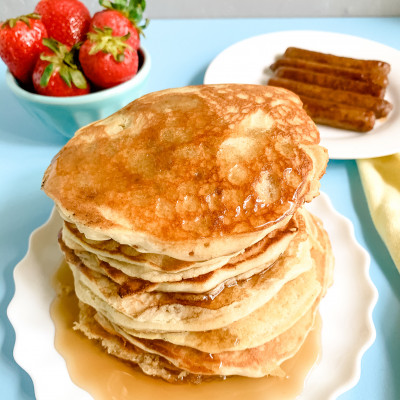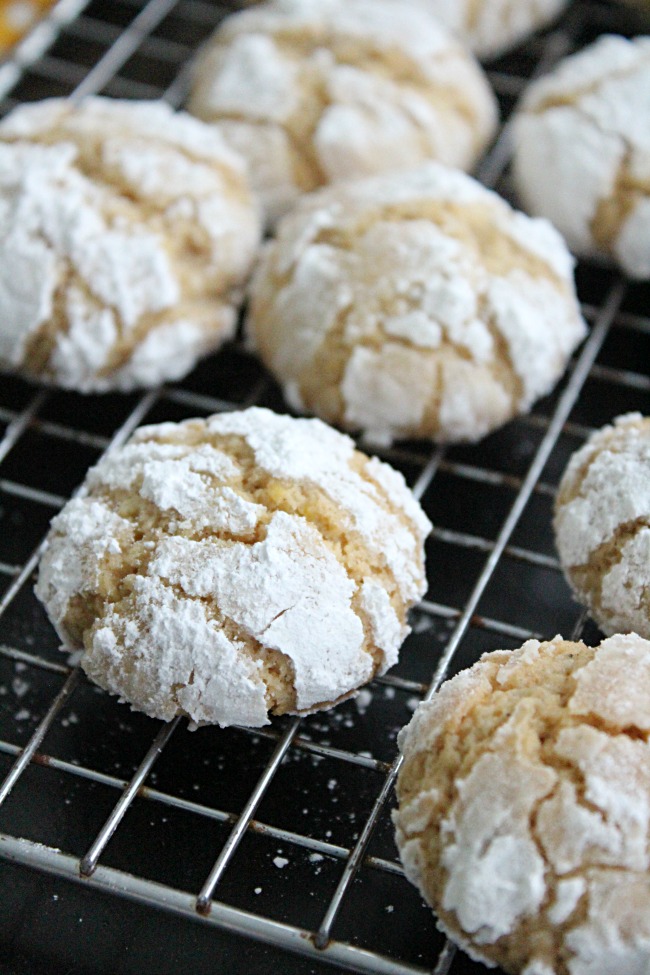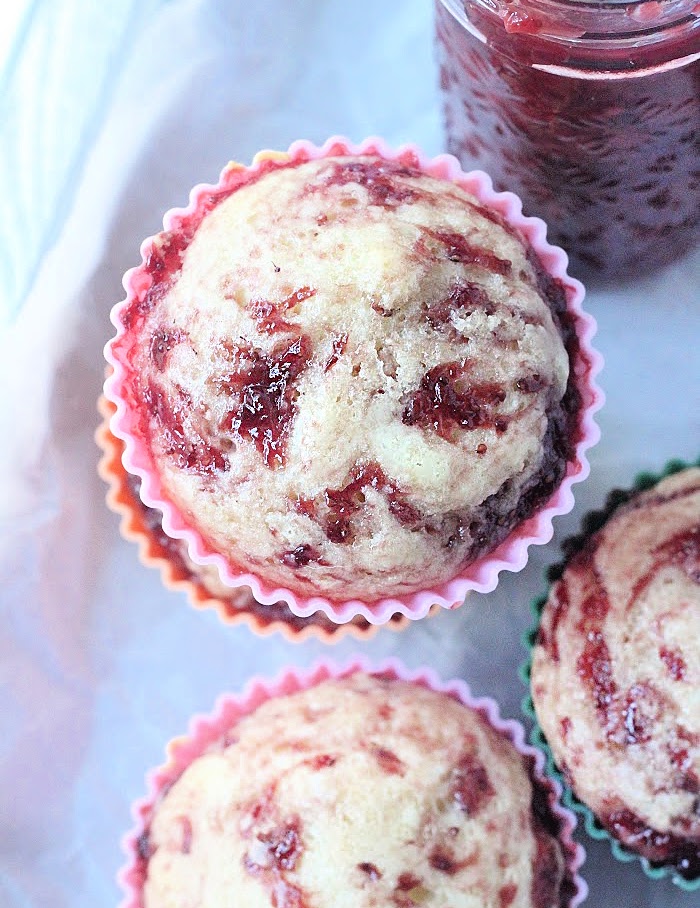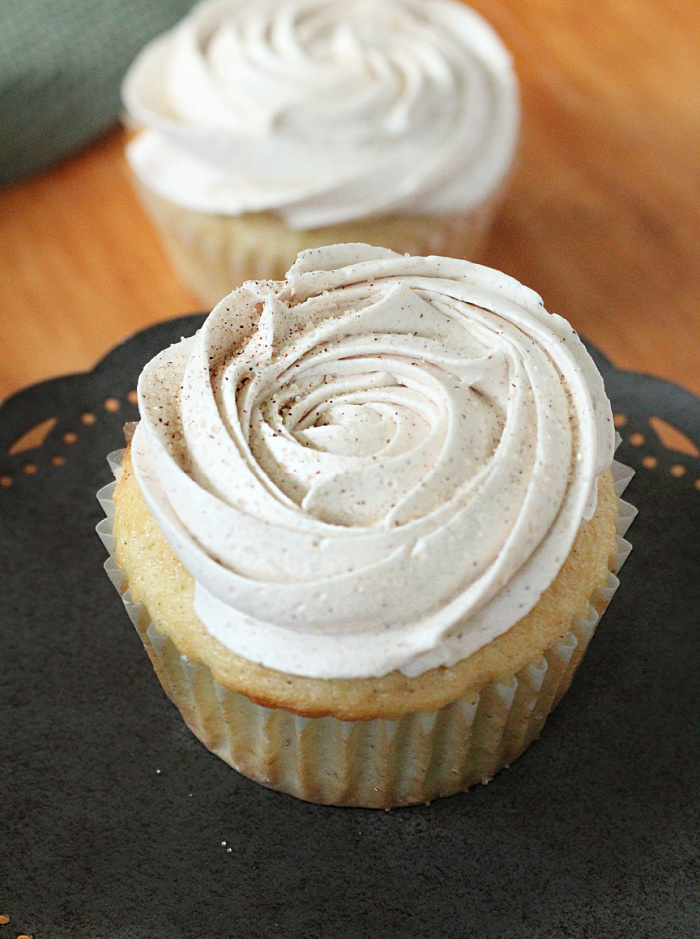12 Steaks Perfect for The Grill and How to Cook Them Right
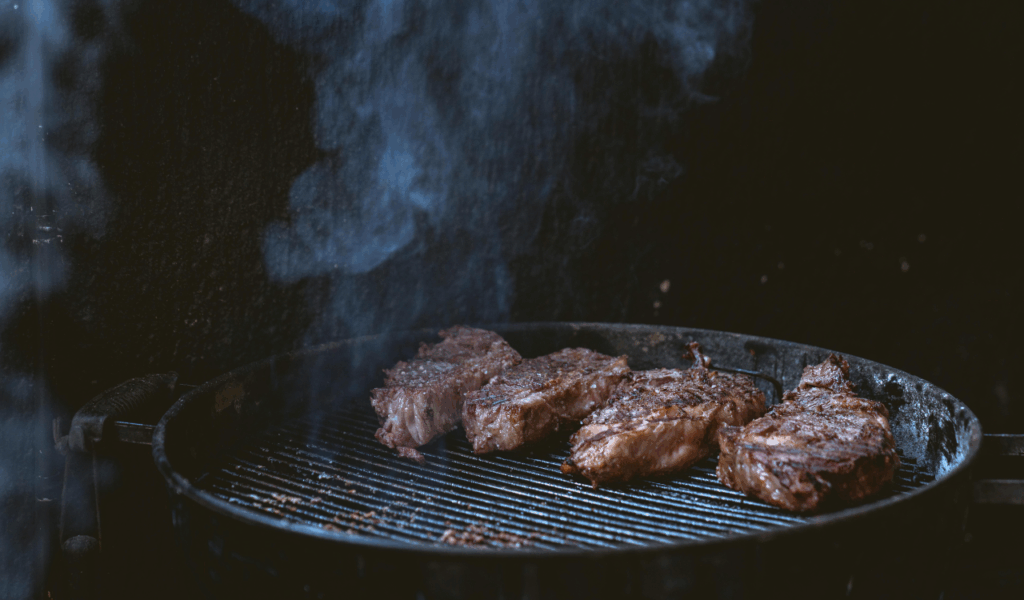
One of the pleasures that connects fine dining and backyard barbecues is grilling steak. However, not all steaks are made equal, and knowing which cuts handle heat well and how to cook them turns a good steak into one that will be remembered. The key technique, ideal doneness ranges, and mistakes to avoid for each of the 12 exceptional steaks that shine on a grill are explained in this article. This is your go-to guide to grilling success, regardless of your level of experience.
1. Ribeye – the marbling king
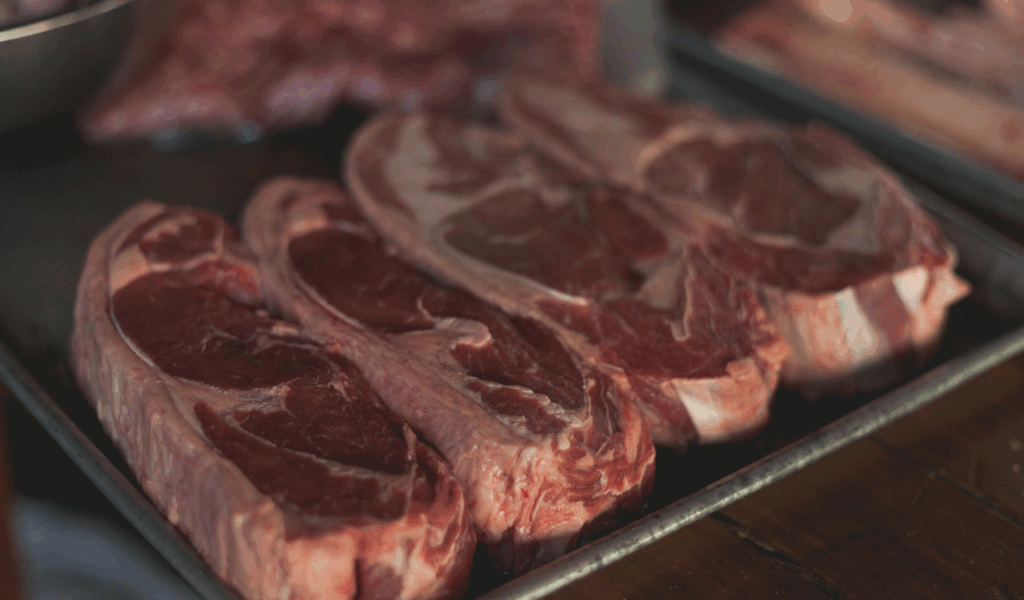
Because of its abundant marbling-the fat dotted throughout muscle-which melts and bastes the meat while it cooks, ribeye is a favorite. Deep flavor, juiciness, and a succulent mouthfeel are all provided by that fat. Before moving it to a cooler area to finish it to medium-rare (about 130-135 °F / 54-57 °C internally), sear it over high heat on the grill to create a crust. Ribeye can withstand some carryover cooking without drying out because of its fat content. Don’t cut off too much fat or overcook past medium; save some for flavor.
2. New York Strip (Strip Steak)
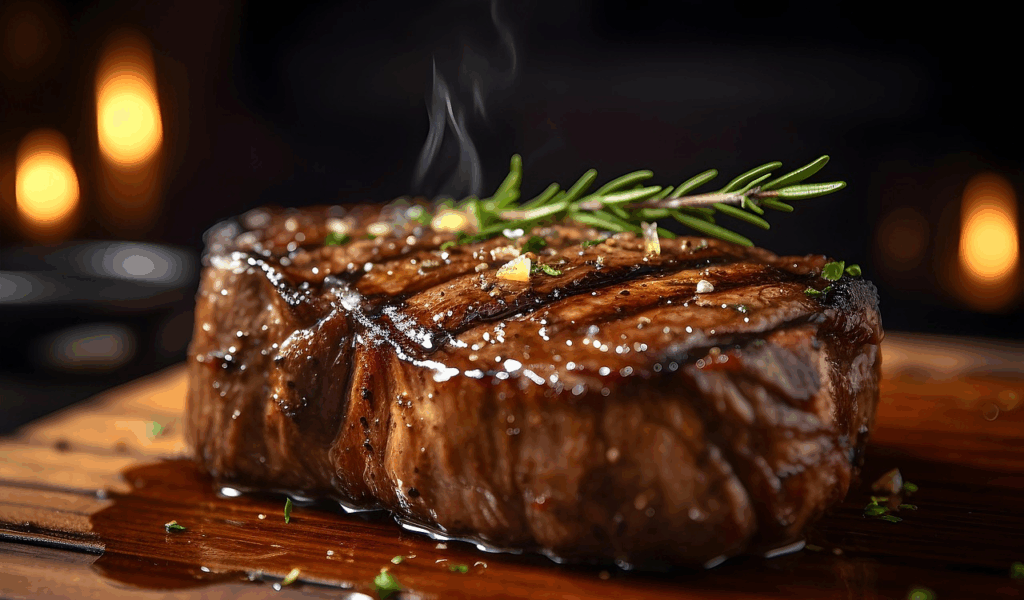
Although strip steak, sometimes referred to as Kansas City Strip or New York Strip, is less fatty than ribeye, it is still flavorful and tender. It has a beefy flavor, a nice chew, and a firmer bite. To achieve optimal results, heat your grill to a high temperature, sear both sides for two to three minutes, and then switch to indirect heat until you reach medium-rare (130 to 135 °F). Be careful not to overcook it because it contains less internal fat; serve it right away and allow it to rest for 5 to 7 minutes before slicing.
3. Filet Mignon (Tenderloin)
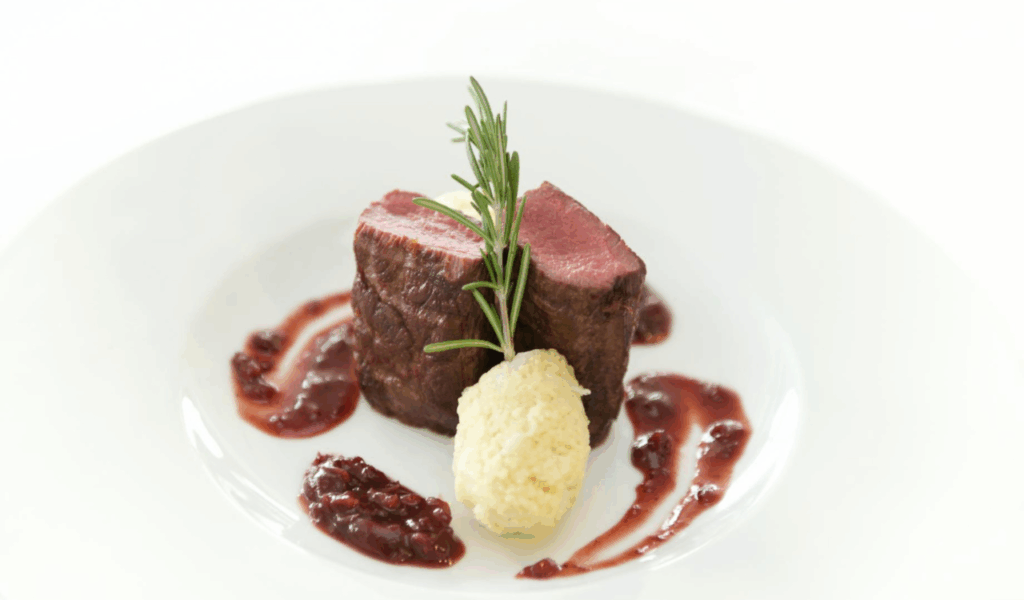
Because of its lean muscle and low amount of connective tissue, filet mignon is valued for its melt-in-your-mouth texture. However, because of its leanness, it can quickly dry out on a grill. Make use of a two-zone fire: sear on high for 1-2 minutes on each side, then switch to indirect heat to finish at 125-130 °F on the inside for medium-rare. To improve flavor, add butter, herbs, or compound butter last. To maintain tenderness, don’t push it too far above medium.
4. Porterhouse / T-Bone
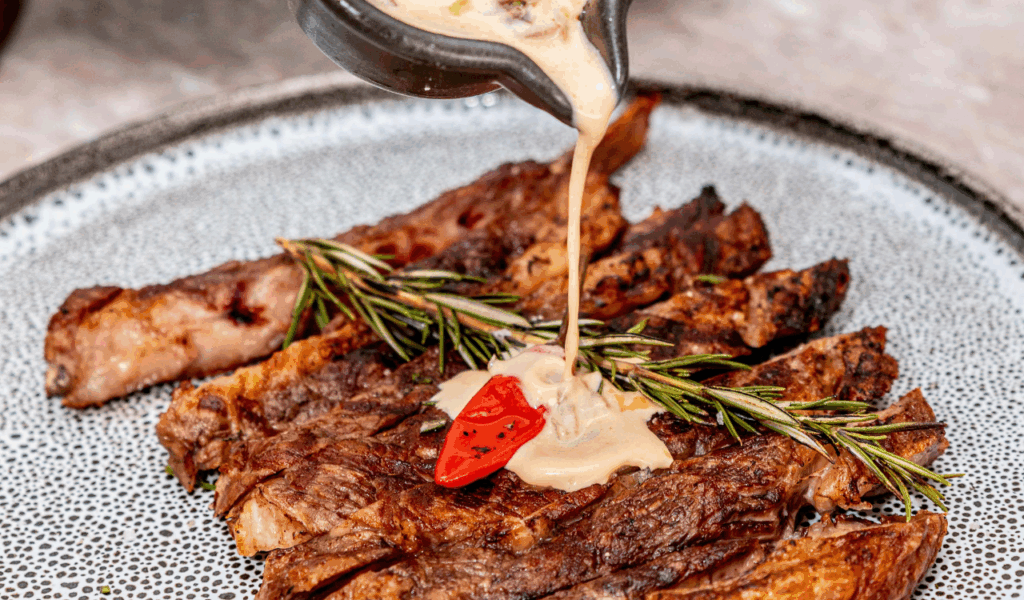
The strip and the tenderloin are two muscles that are divided by a T-shaped bone in the T-bone and porterhouse cuts. There is more tenderloin in the porterhouse. A reverse sear method works well for these thick, dual cuts; begin indirectly to raise the internal temperature, then proceed to high heat for the crust. Aim for an internal temperature of 130-135 °F. Cooking near the bone can lag, so keep an eye on both sides. The bone adds flavor and helps transfer heat.
5. Top Sirloin
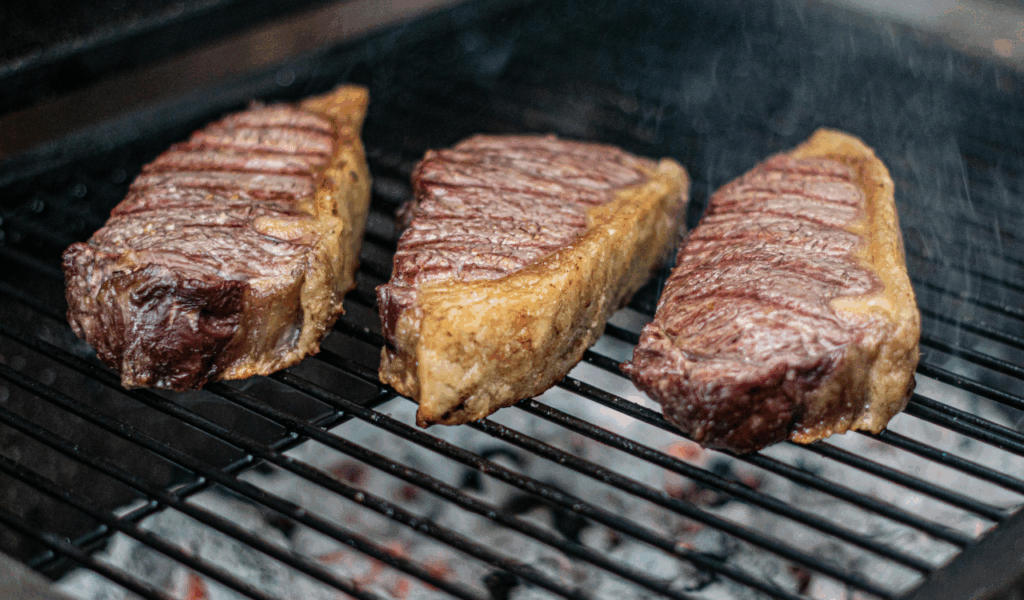
A versatile, reasonably priced steak with a well-balanced flavor and moderate fat content is top sirloin. It can shine with proper cooking, but it lacks the richness of fat of a ribeye and the extreme tenderness of a filet. After thoroughly drying and seasoning, grill it over medium-high heat, turning it once, and aim for an internal temperature of 130 to 135 °F. Rest. It’s a great steak to have every day. It’s a little leaner, so don’t cook it over medium to avoid a tough, dry bite.
6. Flat Iron (Top Blade)
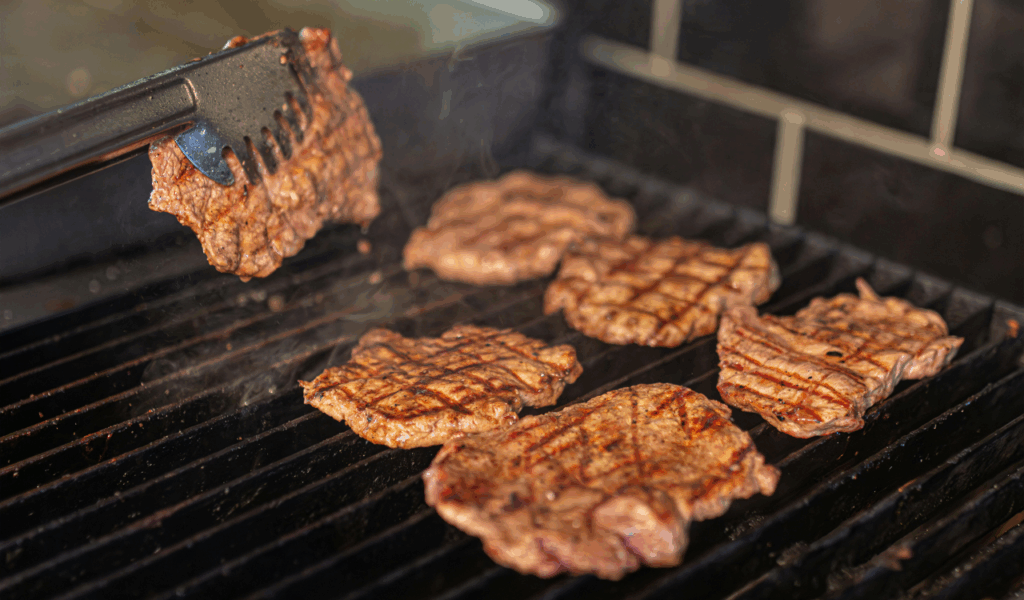
Despite being cut from the shoulder (chuck area), flat iron steak has a strong beef flavor and remarkable tenderness once the central connective tissue is removed. It has more character than sirloin but more chew than a filet. Sear it for 3-4 minutes on each side over high heat on a grill, then set aside to rest. It should be medium-rare (about 130 to 135 °F). It will become tough if you overcook it past medium. Additionally, marinating it can add depth without overpowering its inherent flavor.
7. Flank Steak
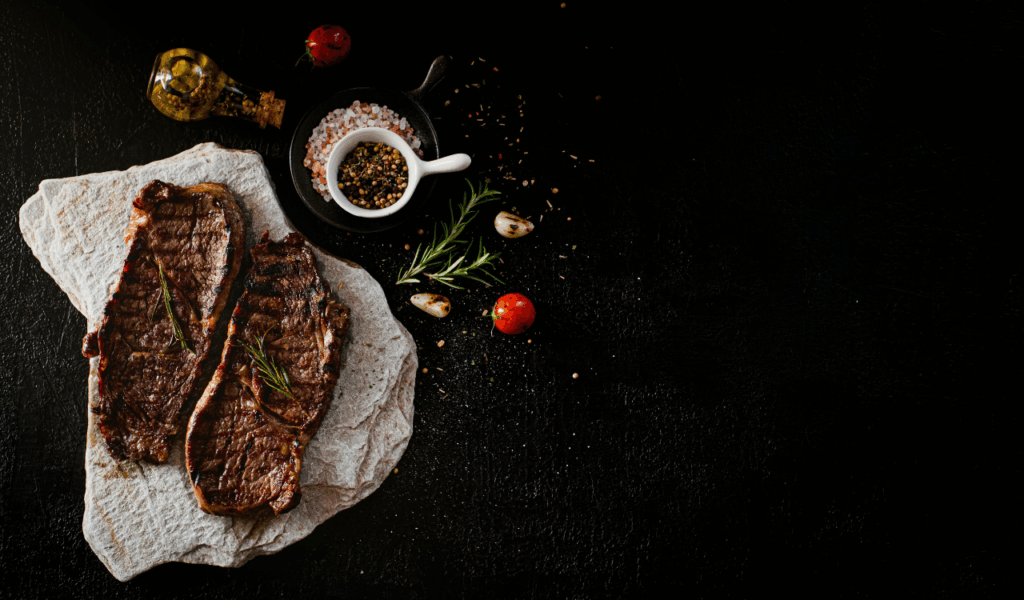
Lean, muscular, and richly beefy, flank steak is fibrous. It benefits from a marinade (acid + oil) to tenderize and make it shine. Quickly grill to medium-rare (125-130 °F) over very high heat, 3-5 minutes per side. After that, rest and thinly slice across the grain, cutting against the fibers. To lessen chew, that slicing direction is essential. Steer clear of medium or higher heat. Tacos, fajitas, and steak salads all benefit greatly from it.
8. Skirt Steak
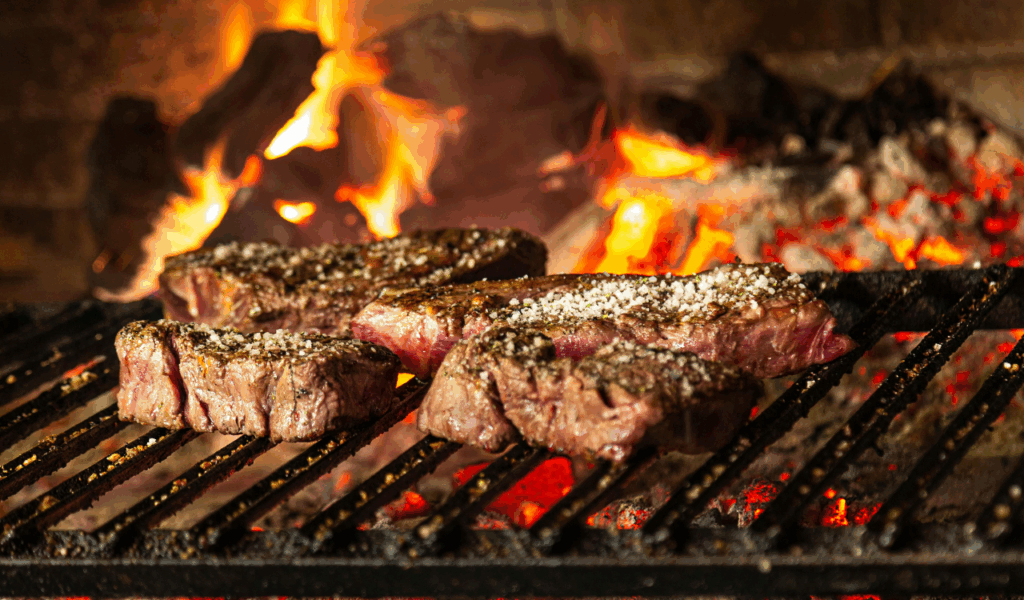
The inside or outside of a skirt steak is long, thin, and incredibly flavorful. Preheat the grill to very high because it cooks quickly. For medium-rare (about 125-130 °F), sear for 2-3 minutes on each side. Slicing thin and across the grain will maximize tenderness because of its loose grain. It works well with dishes that have strong marinades or spice rubs, but don’t overcook it because it turns leathery after medium. Its juices are stabilized by a brief rest before slicing.
9. Hanger Steak
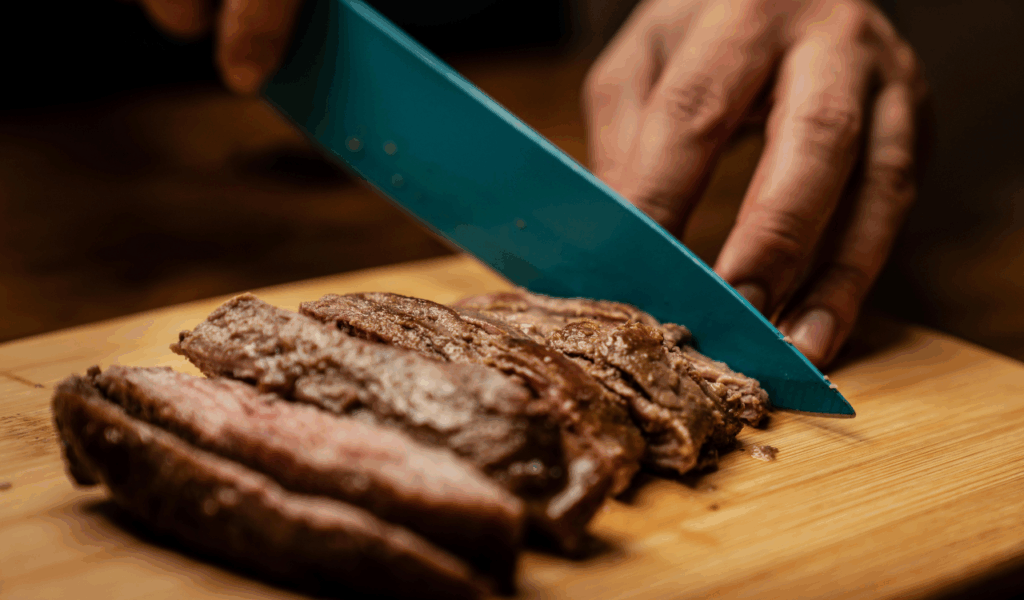
Because butcher shops frequently kept hanger steak for themselves, it is also known as the “butcher’s cut.” When cooked properly, it is forgiving, rich, and beefy. For medium-rare, grill over medium-high heat for 3-4 minutes on each side, or until the internal temperature reaches 125-130 °F. Slice thin against the grain after letting it rest for a short while. Steer clear of overcooking as this will strain its fibers. It complements compound butter or chimichurri and tastes great with strong seasoning.
10. Tri-Tip
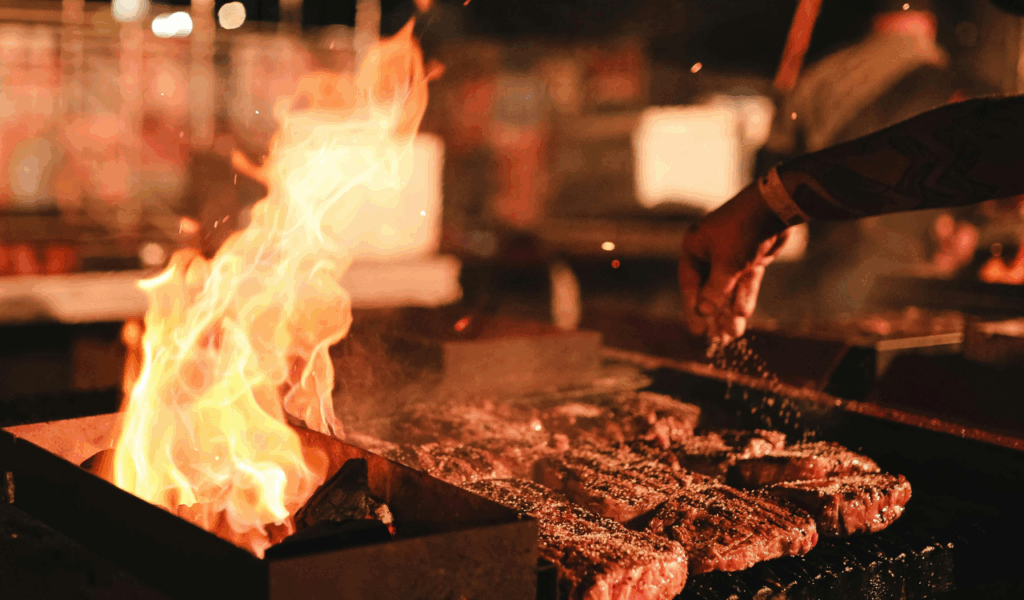
The bottom sirloin contains a triangular muscle called the tri-tip. Although it is frequently prepared as a roast, it can be cut into steaks for grilling. It tastes great and has a moderate amount of fat. Use the reverse sear technique for thick cuts, starting with indirect heat until the internal temperature is close to 110-115 °F and then sear it over high heat to reach 130-135 °F. Before cutting across the grain, let it rest. Different parts may cook at slightly different rates due to its shape; adjust as necessary.
11. Chuck Eye Steak
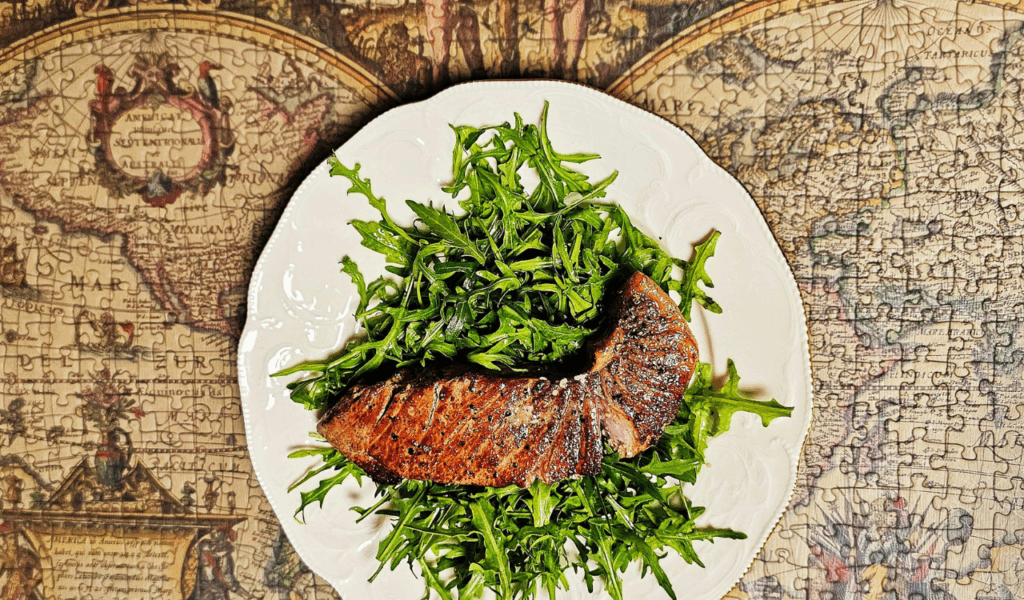
The chuck eye, which is cut from the shoulder close to the rib, is sometimes referred to as the “poor man’s ribeye.” When cooked properly, its beefy character and good marbling make it an excellent choice for grilling. Trim well, sear for 3-4 minutes on each side on high heat, and then finish over indirect heat to medium-rare (130-135 °F). Get enough sleep. It can be a little tougher than prime cuts because it comes from a working muscle, so don’t overcook it and cut it thin as necessary.
12. Picanha (Coulotte / Rump Cap)
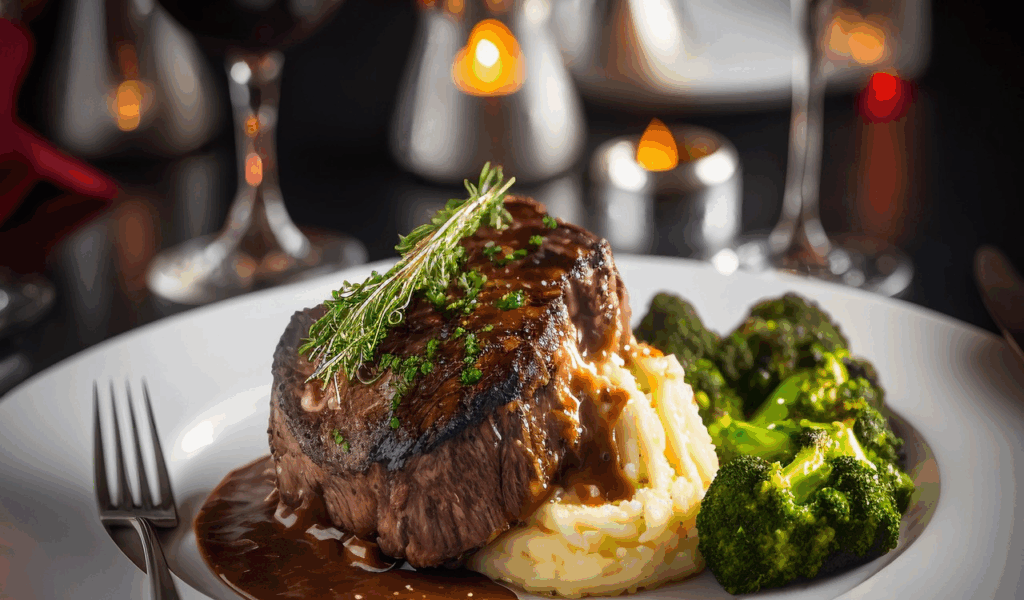
In Brazilian barbecue, picanha, also known as rump cap or coulotte, is highly valued. It tastes strongly of beef and has a gorgeous fat cap. Place its fat-side down on a grill to render some of the fat, then turn it over to cook the meat side. Aim for an internal temperature of 130-135 °F using medium-high heat. Before slicing, rest. Cut portions across the grain and away from the fat cap when slicing. Keep the fat on because it adds flavor and keeps things moist.

